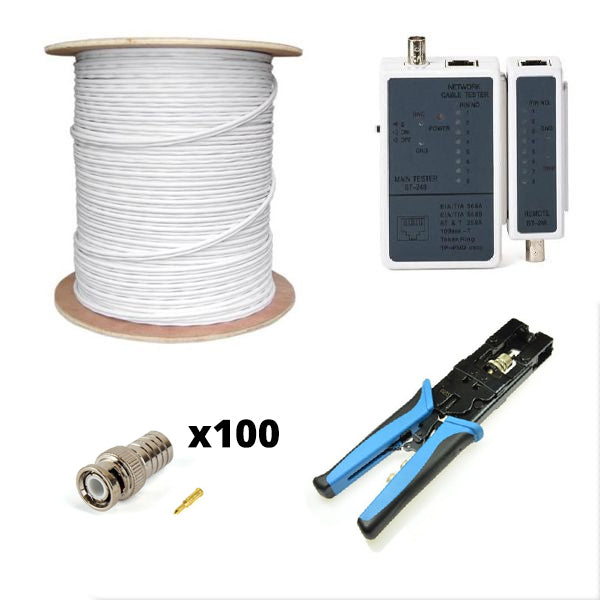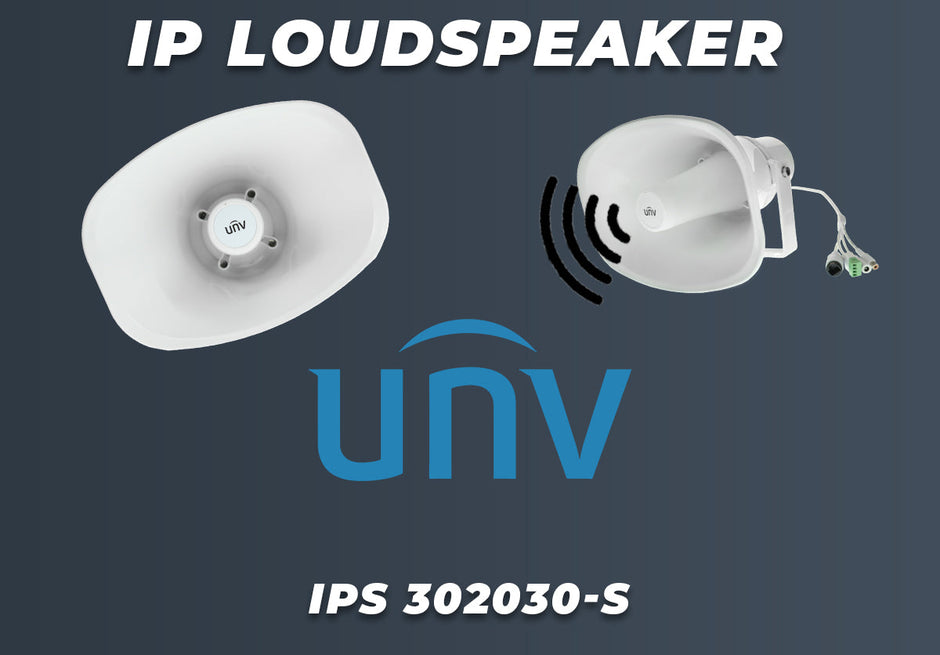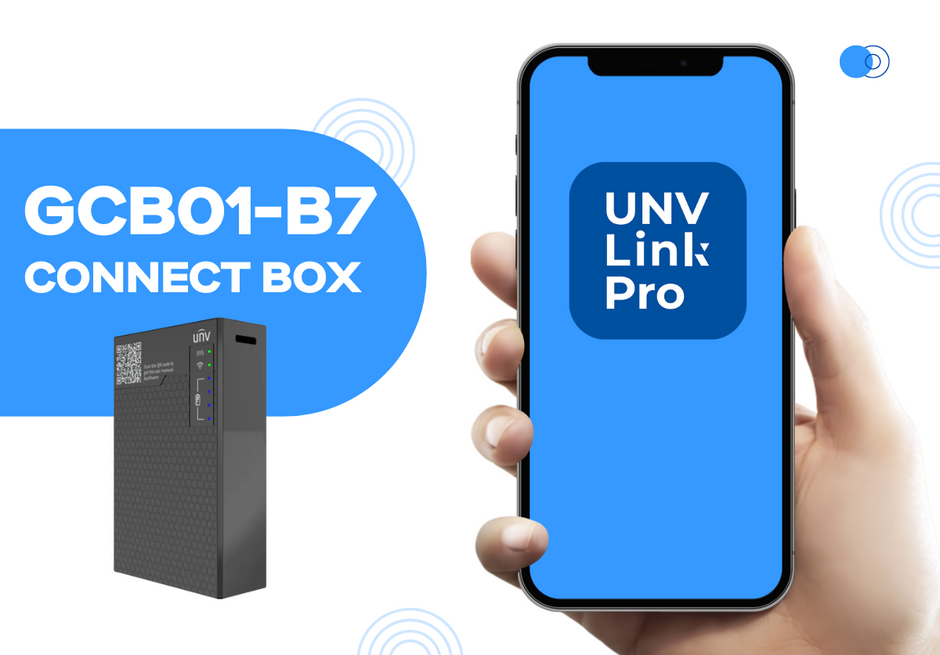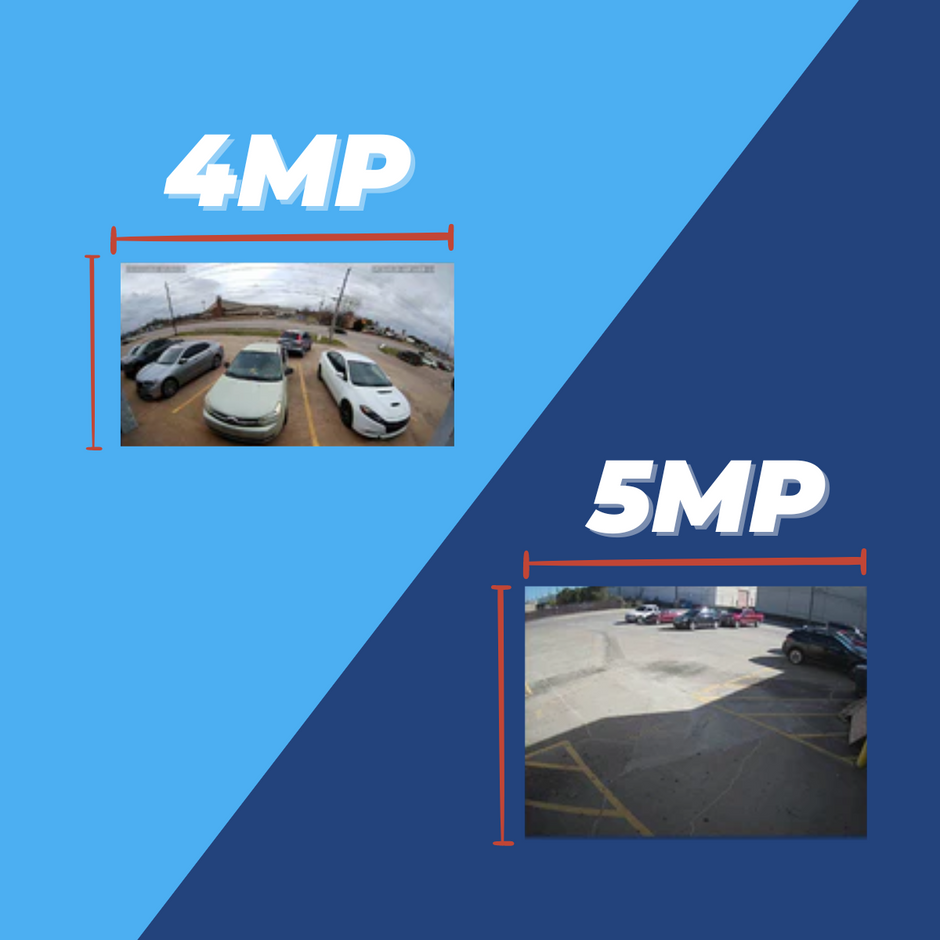Fuzzy black lines rolling over your supposedly crystal clear image from your new camera feed. It’s heartbreaking. It’s frustrating. It’s cable interference. But why is it there? What is it? We’re going to explore some different types of interference and some common fixes to get you back your pixel-perfect image, and fast.
If you’re seeing a grainy looking image or rolling black bands across your feed, you’re experiencing interference. That pixelation of black and white on the screen is called “noise” . There are several different causes and solutions for noise appearing on your feed.
There are four main types of interference that deal with the wiring of your system: static noise, magnetic noise, common mode noise, and crosstalk. There are also some other causes of interference that can come from other parts of your setup that we’ll come back to, but we’ll start by looking at the four common wiring issues.
Cable Interference.. With Your Cables
Proper wiring and quality cables are going to be key elements in stopping interference in your camera stream. Two big reasons your cables could be causing video interference issues: the cable itself isn't high-quality enough or the installation of the cable wasn't ideal. There are several different types of cables that have different elements of protection and they can vary a lot in price. Cables can be an area where people tend to try to cut costs and go for something at the lowest price point, but this could cause you to immediately have issues with interference. Choosing the correct cable shielding and configuration is going to be crucial to your setup. However, you can still have issues even when you have the correct cables for the job if your cables are not installed properly. Installation issues like improper grounding or electrical cable interference can also have an impact. Here we’ll list the cable issues you could have, the four main types of interference, and how to avoid them.
Poor Quality Cables
If you have poor quality cables they won’t be able to isolate the electromagnetic interference or blockout external interference.
Fix: Do not skimp on your cables! Invest in quality cables with a braided shield or a multishield to keep your cables from being an issue. Here are some of our recommendations for both premade and bulk cables. We also offer a convenient bundle for bulk cables that includes all the tools you need!
Static Noise
This happens when an electrical field distorts the signal. Typically caused by poor quality cables being too close or stacked with electrical cables. Ethernet cables can also cause this type of interference since they were not designed to transmit video data from cameras and are not as well shielded.
Fix: Use cables with a foil shield, or better yet multishield cables to prevent the signal being distorted.
Magnetic Noise
This is caused by an outside source like a large motor or transformer interrupting the signal.
Fix: An easy way to combat this is keeping wires away from any equipment that produces magnetic fields. You should also have wires connecting different circuits installed perpendicular to one another, as parallel lines are more likely to exchange noise.
Common Mode Noise
This occurs when a current has leaked and passed through the ground before returning to the power supply line.
Fix: This can be avoided with properly installed power and a grounding system.
Crosstalk
This happens when a signal transmitted on one channel of a transmission system creates an undesired effect in another channel. It’s typically caused by inductive, or conductive coupling from one circuit or channel to another.
Fix: The best way to avoid this is by using individually shielded twisted pairs for your cables. If you have a stack of video baluns piled on top of eachother, it may cause interference. Once the baluns are seperated, the crosstalk should be eliminated.
Other Causes of Interference
There are many other causes of interference. So if you’re confident your cables are secure and correctly done, here are some other things to consider that could be causing the dreaded black fuzziness.
Power Supply
Your power supply has to be right for your camera and you’ll know that based on the manufacturer’s specifications. You’ll need to have the right voltage, as well as the correct type of current.
Fix: Make sure you’re working with the appropriate power supply by measuring the voltage to the camera or replacing the cables to ensure they’re correct.
Improper Grounding
A ground loop occurs when a DVR, power source, or camera grounding is placed at a point with different resistance. If this is the case, the interference you’ll see on your feed will be the rolling black bands.
Fix: To avoid this, just ground your equipment to a common point or ground bus.
Poor Quality Cameras
This might seem self explanatory but poor quality cameras are going to give you poor quality images. It’s worth it to invest in higher quality cameras to get the clearest image possible. If the camera isn’t made to get you a clear image, no amount of tweaking in the world is going to fix it.
Fix:Get your cameras from Nelly’s.
Camera Overheating
Some cameras, especially lower-quality models, aren’t able to dissipate heat. If your camera isn’t properly ventilated, overheating can cause interference.
Fix: Avoid installing cameras in high temperature environments or enclosures. If this can’t be avoided, make sure your equipment is high-quality and able to withstand higher temperatures.
Insufficient Lighting
For your camera to create an image, there has to be an adequate amount of light. Depending on the type of camera you get, the amount of light necessary will vary a lot.
Fix: The first thing to check here is that the camera you have is correct for what you’re wanting it to do. If you’re needing something for a clear image at night but you’re not using a specialized night vision camera, it’s not going to happen. If you’ve gotten an appropriate camera for your intended use, check your camera's settings and see if you’re able to decrease noise or enable noise cancellation there. You can also increase the lighting around the camera or consider infrared.
Can You Fix or Should You Ditch?
After exhausting all of these options, hopefully a pristine image has been restored on your feed! If you’re still seeing the rolling black lines after checking your cables and equipment.. There’s a real problem. Cables are typically your go to for interference issues so this is where you should start looking for problems. The best way to troubleshoot a cable issue is to connect your camera directly to the DVR with a short premade patch cable and separate power supply. If the camera works there, then it’s likely there is something going on with the cable run. Make sure you’re always using high-quality equipment and taking extra care during installation. If you’re continuously having issues, upgrading to an IP system may be a smart move. IP cameras stream through the network so you’ll be avoiding the most common reasons for interference.









